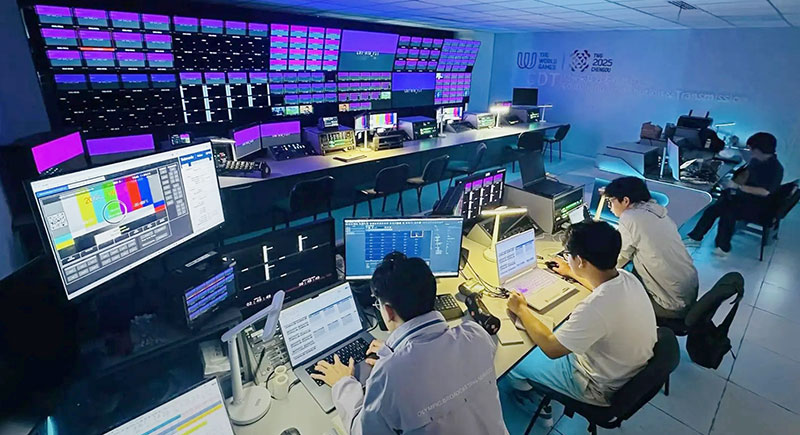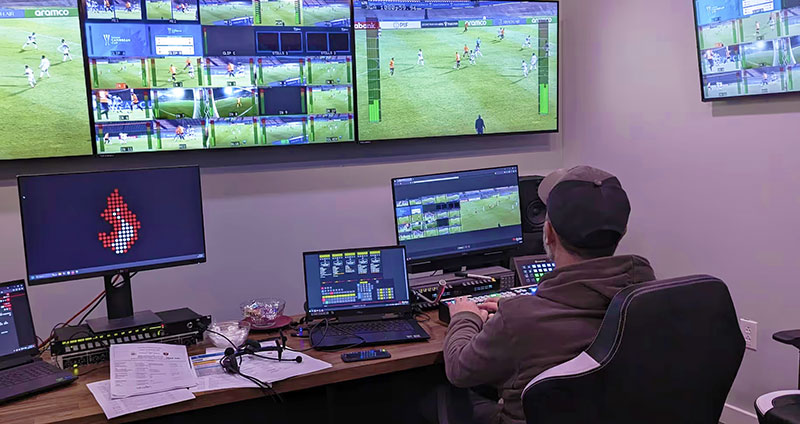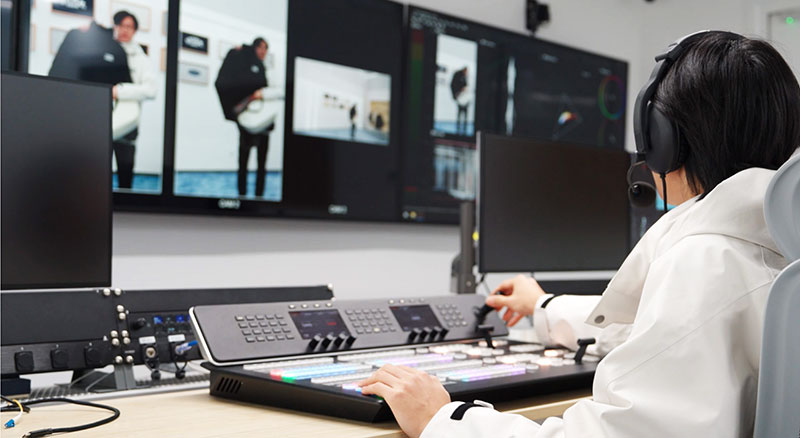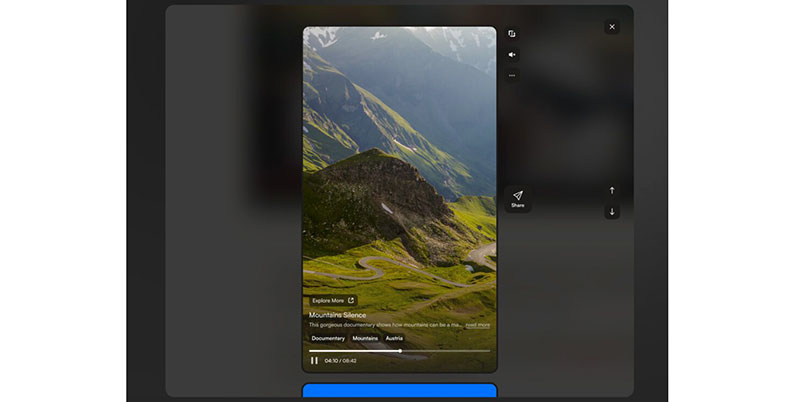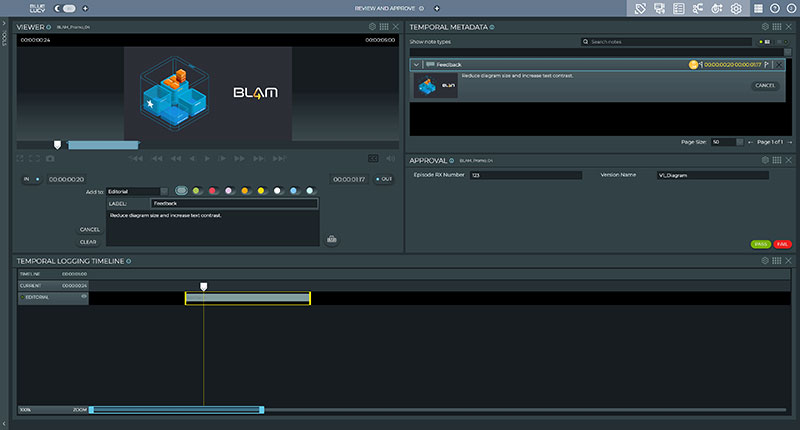Leostream Remote Access Platform now improves on flexibility, third-party product support and control over policies and connection management, including scaling and load balancing.
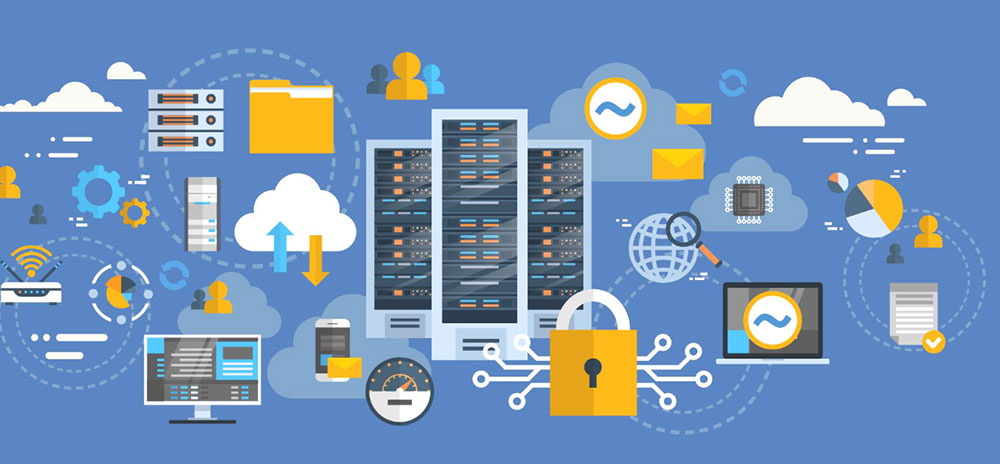
The Leostream Remote Desktop Access Platform is now updated with improvements to flexibility, third-party product support and control over policies and connection management. The updates address functionality in multiple use cases and new ways in which Leostream is deployed in organisations today, from film productions and universities to financial institutions.
The Leostream Platform is a complete remote access system for hosted desktops and workstations, helping users to maintain productivity, control costs and ensure security. Its strict authentication and authorisation are built on zero-trust concepts. Its connection management system makes corporate VPNs unnecessary, replacing them with an efficient gateway that automatically gives users access to only the specific resources they have permission to use, regardless of their location or the device they are using. The Platform suits environments that rely on complex, specialty applications, large files, real-time performance and extreme security – such as energy and science, media and entertainment, financial services or government and defense.
The new release covers desktop and user access, scaling and load balancing across multiple Leostream Gateways, and new functionality supporting tools including HP Anyware, Azure, Windows 365, Red Hat OpenShift and KubeVirt.io.
Control and Management
The Leostream Web client has been updated for ease of use and visibility. Error and status messages are more visible to users, and client certificate authentication for the Web client also simplifies sign-in for trusted users.
Power control actions for physical desktops and workstations now make it possible to use the Intelligent Platform Management Interface (IPMI) specifications. These interfaces make it easier to reboot or power on a remote device without directly accessing its CPU, firmware and operating system. Other new options are available that prioritise running desktops over stopped or idle desktops when users request a connection to corporate resources, which help to optimise the end-user experience.
There are also new features for scheduling desktop assignments to support sharing of desktops by a group of users, such as classroom settings. It is now possible to apply fixed desktop operating system credentials to support multiple users sharing applications and data on a desktop with a common login name.
Scalability
The platform’s scalability is simpler now with restrictions lifted on the number of Connection Brokers allowed in a cluster. Leostream’s Connection Broker is software that sits on top of the IT environment giving remote access to all resources, working as an intermediary between the user and the resource. Users can access their desktops and applications from any location with an internet connection.
Load balancing is also improved via advanced distribution of user connections across a cluster of Leostream Gateways.
Third-party Support
Regarding third-party support, users can connect to HP Anyware and PCoIP remote workstations cards through the Leostream Gateway with a single process. Workers using Windows 365 virtual machines alongside other Leostream-managed desktops are now easier to manage, and new KubeVirt resources can be used to integrate with any container platform, such as Red Hat OpenShift, that works with KubeVirt.io. Through Kubevirt, KVM-based virtual machine workloads can be managed as pods in Kubernetes.
Karen Gondoly, Leostream CEO said, “As workforces, applications and computing evolve, Leostream remains dynamic and adaptable to a broad spectrum of user requirements.”
Leostream channel partners can learn about the new features directly from Leostream, and now have access to training courses and marketing materials related to the new release.







